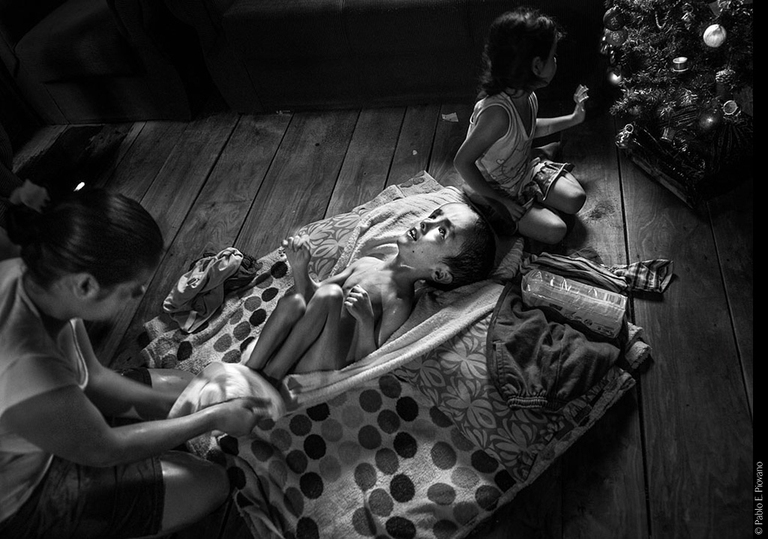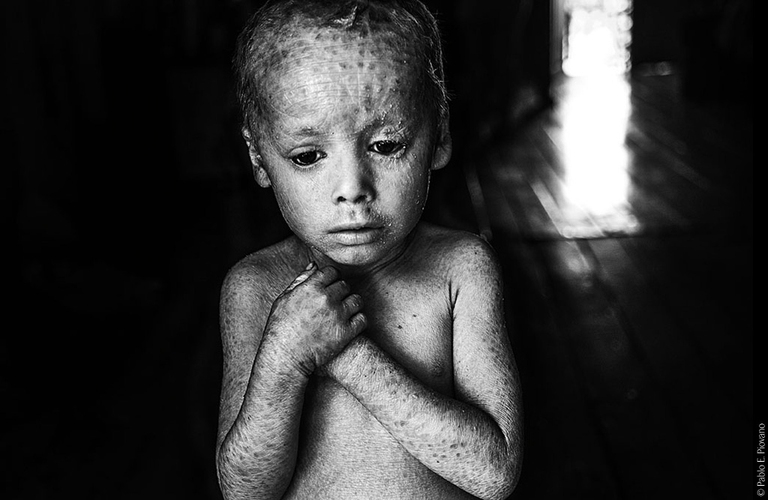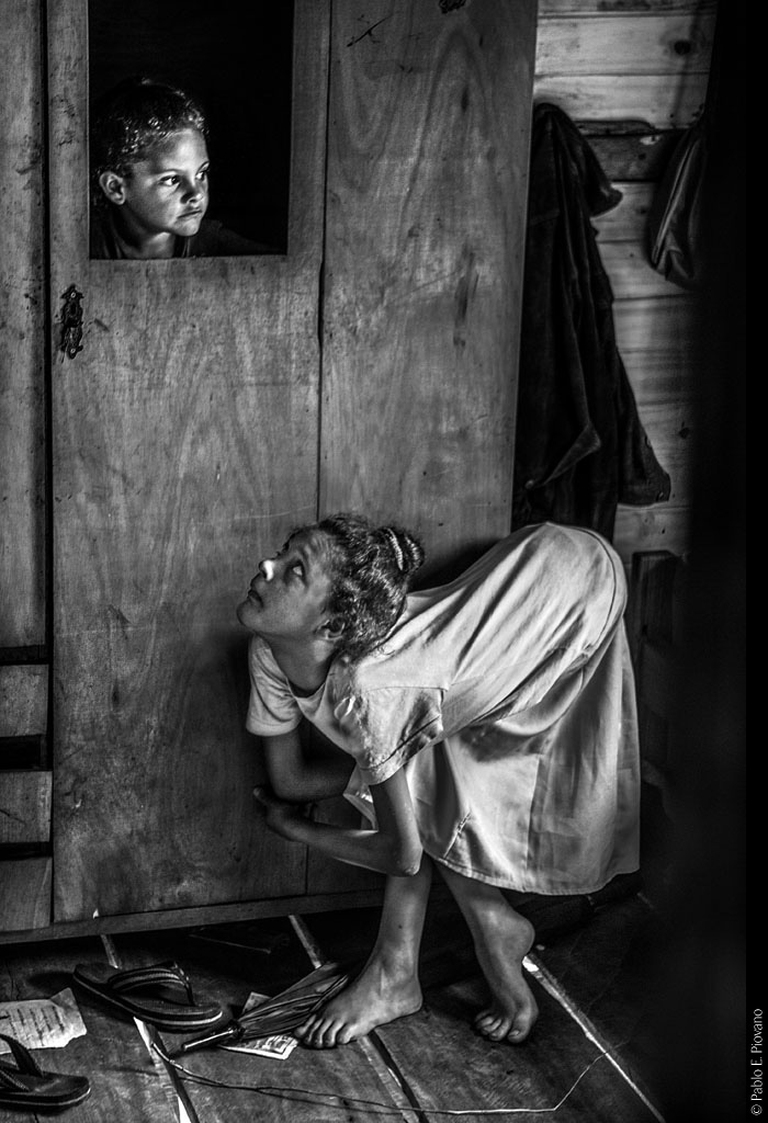
South African court dismisses a major lawsuit by 140,000 Zambian women and children against Anglo American for Kabwe lead poisoning. A setback for affected communities enduring the lasting impact of lead contamination.
Glyphosate, one of the world’s most used herbicides in agriculture, has devastating, dramatic effects on the health of people living in very close contact with it. This time, the warning does not come from environmental organisations or WHO’s agencies, but from a photo feature. Pablo Ernesto Piovano is an Argentinian photographer that decided, in 2014, to
Glyphosate, one of the world’s most used herbicides in agriculture, has devastating, dramatic effects on the health of people living in very close contact with it. This time, the warning does not come from environmental organisations or WHO’s agencies, but from a photo feature. Pablo Ernesto Piovano is an Argentinian photographer that decided, in 2014, to report the conditions of people living and working close to GM soy crops, where massive amounts of herbicide are used.
[vimeo url=”https://vimeo.com/135799349″]
The photo feature, El Costo Humano de los Agrotóxicos (The Human Cost of Agrotoxins) has been exhibited at the 2015 edition of the Festival della Fotografia Etica of Lodi, Italy. Piovano’s pictures denounce the Monsanto Company, multinational that patented the genetically modified soy crop combined with the use of the Roundup herbicide (soy is resistant to it), which contains glyphosate.
“This work has been driven by my love and tribute to Mother Nature. That is why I decided to work to take evidence on this situation, spending long days by my own, travelling over 6000km on my own 20 years old car, and my camera as my contribution to stop this to continue,” said Piovano to Burn, magazine dedicated to emerging photographers.
The story of glyphosate dates back to the 1950s, but its mass production under the name of RoundUp by the Monsanto Company started in 1974 in the United States. But things “got out of hands” when glyphosate started to be matched with genetically modified cereals to resist to the pesticide. It is now commercialised globally and its licence expired quite everywhere. In Europe, 14 companies produce it.
Everything started in 1996, when the Argentinian government approved the cultivation and trade of GM-soy and the use of glyphosate, without conducting any investigation, but taking as scientific evidence only the works published by the Monsanto Company. Since then, genetically modified crops cover 60% of total arable lands, and 370 million litres of toxic pesticides have been sprayed on 21 million hectares in 2012 alone. In those areas, cases of cancer have tripled over 10 years, whilst cases of malformation among infants have increased by 400%. The cases of skin diseases and respiratory disorders are incalculable, both among youngsters and adults.
A recent investigation, as reported by Burn, estimated that 13.4 million Argentinians (one third of the country’s total population) have glyphosate-related disorders. However, Argentina didn’t take any measure to curb such dramatic situation, as well as it didn’t commission further investigations and studies to discover what the population was going through.
The photo feature has not gone unnoticed. It has been awarded several prizes, such as the Mexico’s Festival Internacional de la Imagen award, and the third place of the POY Latam contest, in the “Carolina Hidalgo Vivar el medio ambiente” category. However, a culture of silence and such great power as Monsanto’s are enemies hard to be defeated, way stronger than evidence and pain.
Siamo anche su WhatsApp. Segui il canale ufficiale LifeGate per restare aggiornata, aggiornato sulle ultime notizie e sulle nostre attività.
![]()
Quest'opera è distribuita con Licenza Creative Commons Attribuzione - Non commerciale - Non opere derivate 4.0 Internazionale.
South African court dismisses a major lawsuit by 140,000 Zambian women and children against Anglo American for Kabwe lead poisoning. A setback for affected communities enduring the lasting impact of lead contamination.
Controversial African land deals by Blue Carbon face skepticism regarding their environmental impact and doubts about the company’s track record, raising concerns about potential divergence from authentic environmental initiatives.
Majuli, the world’s largest river island in Assam State of India is quickly disappearing into the Brahmaputra river due to soil erosion.
Food imported into the EU aren’t subject to the same production standards as European food. The introduction of mirror clauses would ensure reciprocity while also encouraging the agroecological transition.
Sikkim is a hilly State in north-east India. Surrounded by villages that attracts outsiders thanks to its soothing calmness and natural beauty.
Sikkim, one of the smallest states in India has made it mandatory for new mothers to plant saplings and protect them like their children to save environment
Chilekwa Mumba is a Zambian is an environmental activist and community organizer. He is known for having organized a successful lawsuit against UK-based mining companies.
What led to the Fukushima water release, and what are the impacts of one of the most controversial decisions of the post-nuclear disaster clean-up effort?
Nzambi Matee is a Kenyan engineer who produces sustainable low-cost construction materials made of recycled plastic waste with the aim of addressing plastic pollution and affordable housing.










